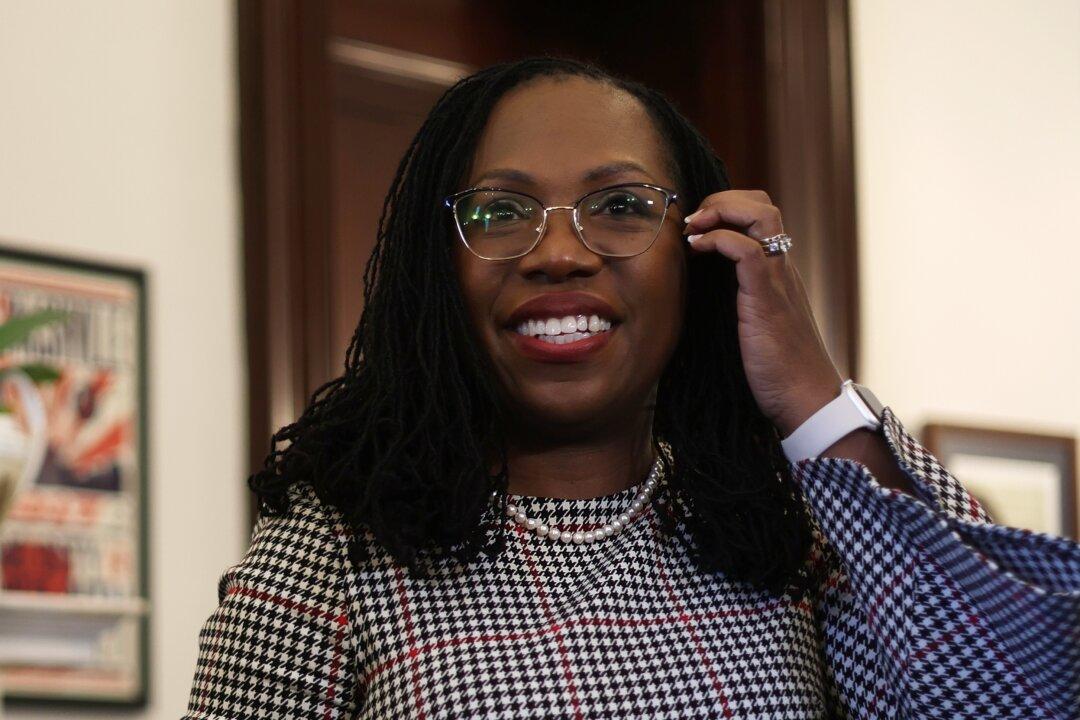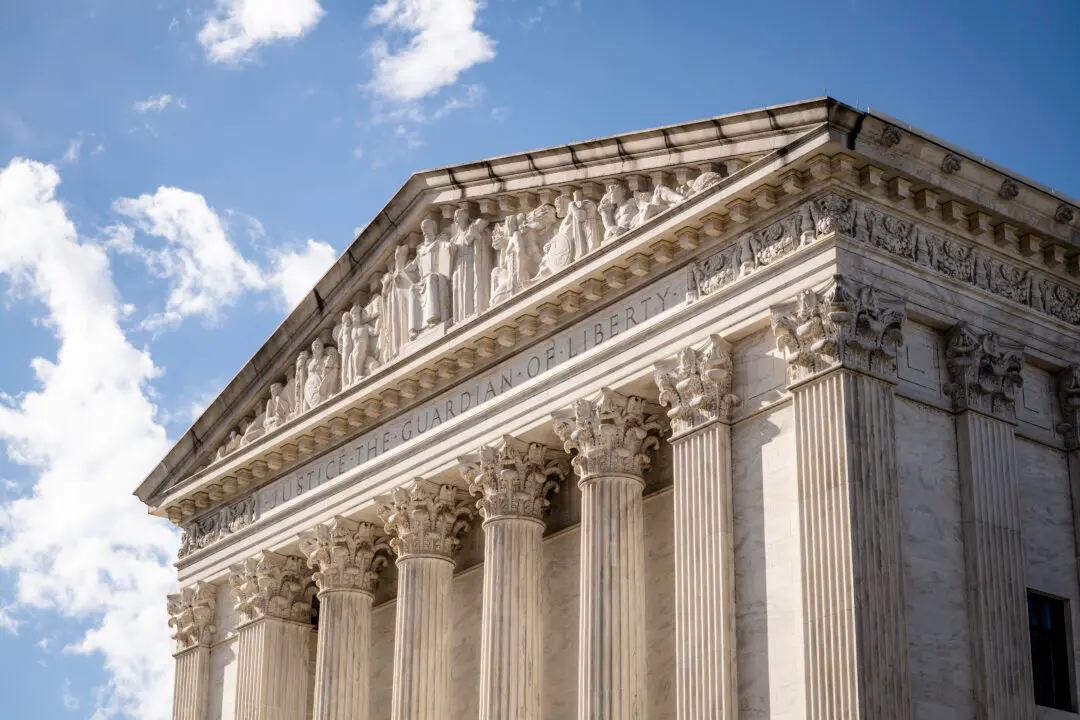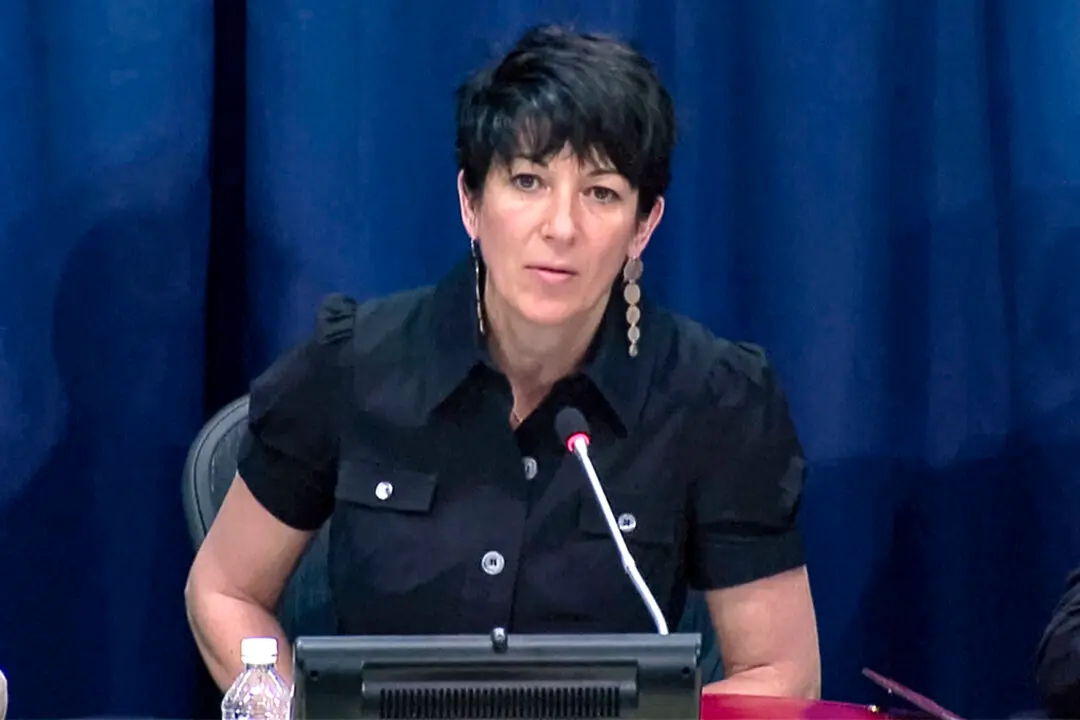Alabama defended its redrawn electoral map before the Supreme Court on Oct. 4, arguing that the federal Voting Rights Act (VRA) doesn’t require the state to racially gerrymander districts to guarantee black representation in the state’s congressional delegation.
The hearing came after a flurry of activity in the legal dispute.





